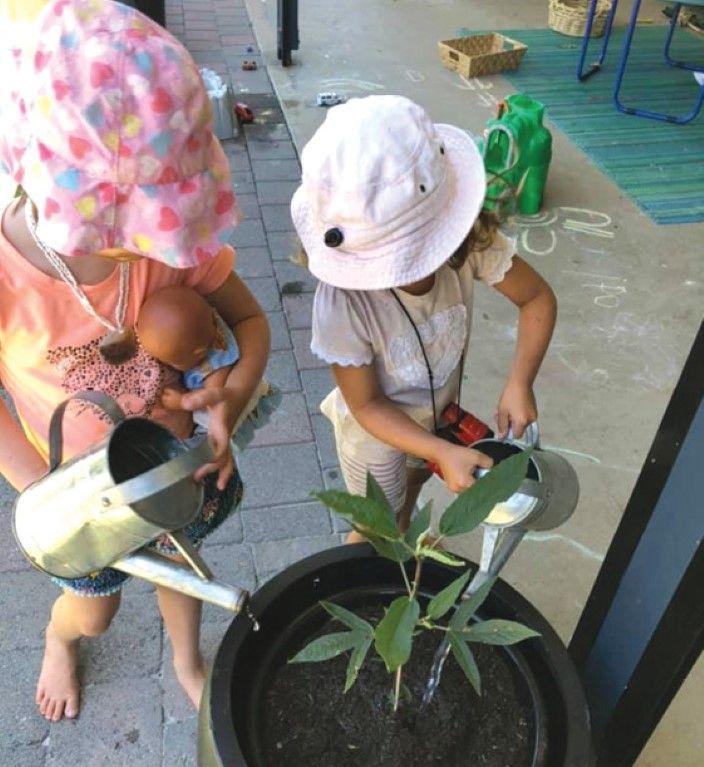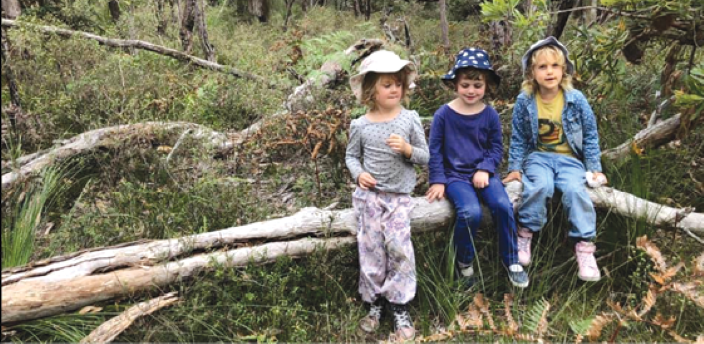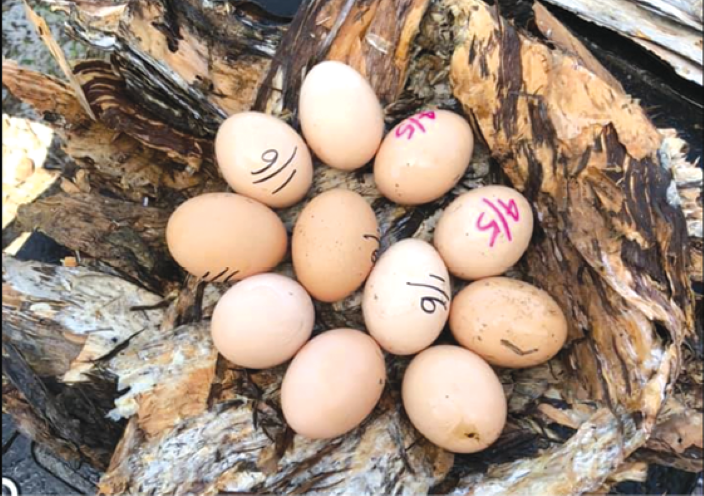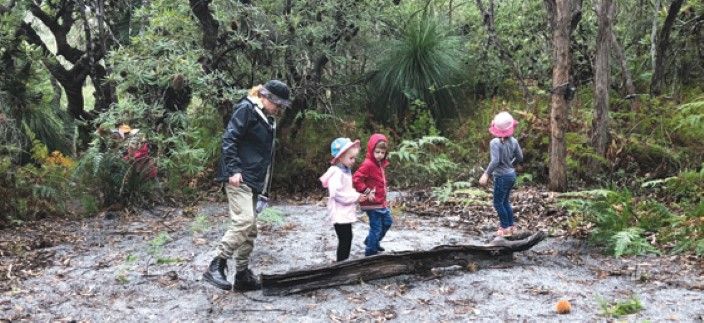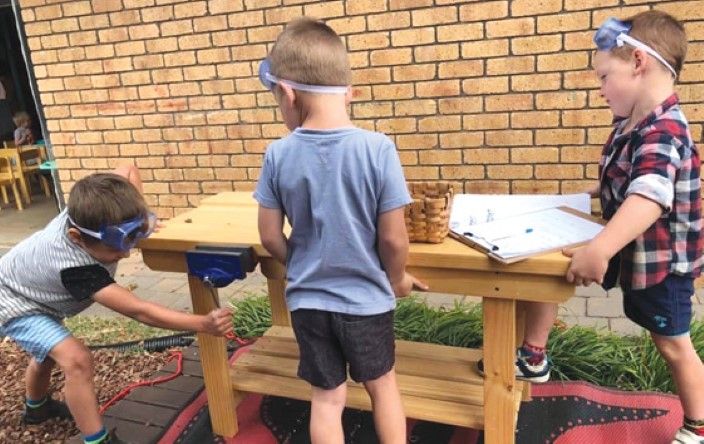IEU member and Evans Head Educational Leader Cath Gillespie has contributed a chapter to a new book, Educator Yarns. She tells us about it here.
Educator Yarns is a collection of stories collated by Aboriginal Early Childhood Consultant and Director of Koori Curriculum Jessica Staines.
Jess works tirelessly for the early childhood sector, enabling educators and teachers to feel confident embedding Aboriginal and Torres Strait Islander Perspectives into their programs.
I became involved in the project after my colleague, Bandjalang Custodian and Language holder Kirby Barker, and I were asked to present at the 2020 Aboriginal STEM summit – an online summit that captured how early childhood educators and services were embedding Indigenous knowledge and STEM into their programs.
Evans Head Community Preschool, where I have been an Educator, Teacher and Educational leader for almost 14 years, is located in the sleepy coastal village of Evans Head in the northern rivers of NSW.
Our service has been caring for and educating children in our community for almost 50 years, and we have a sister service in the neighbouring village of Woodburn.



































































































































